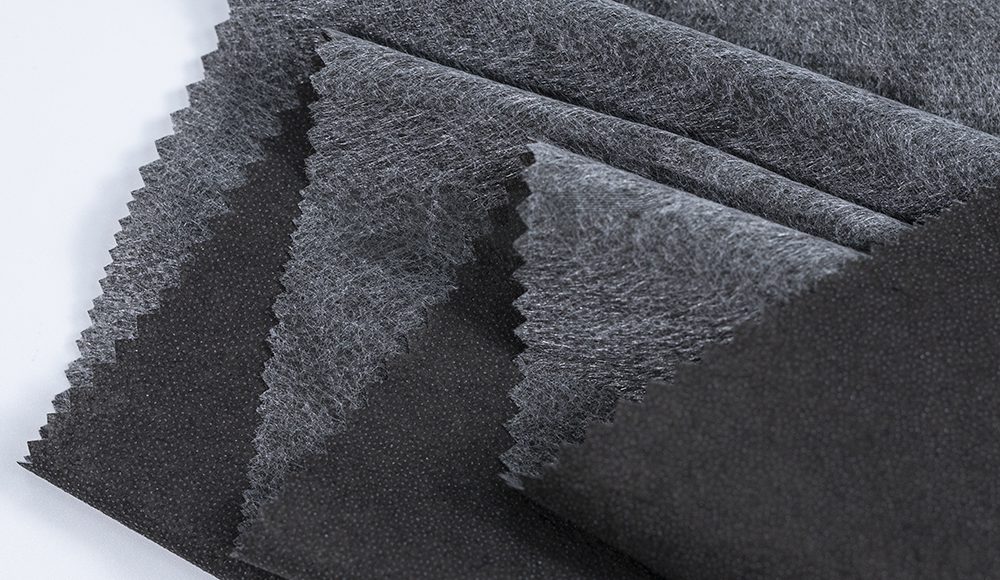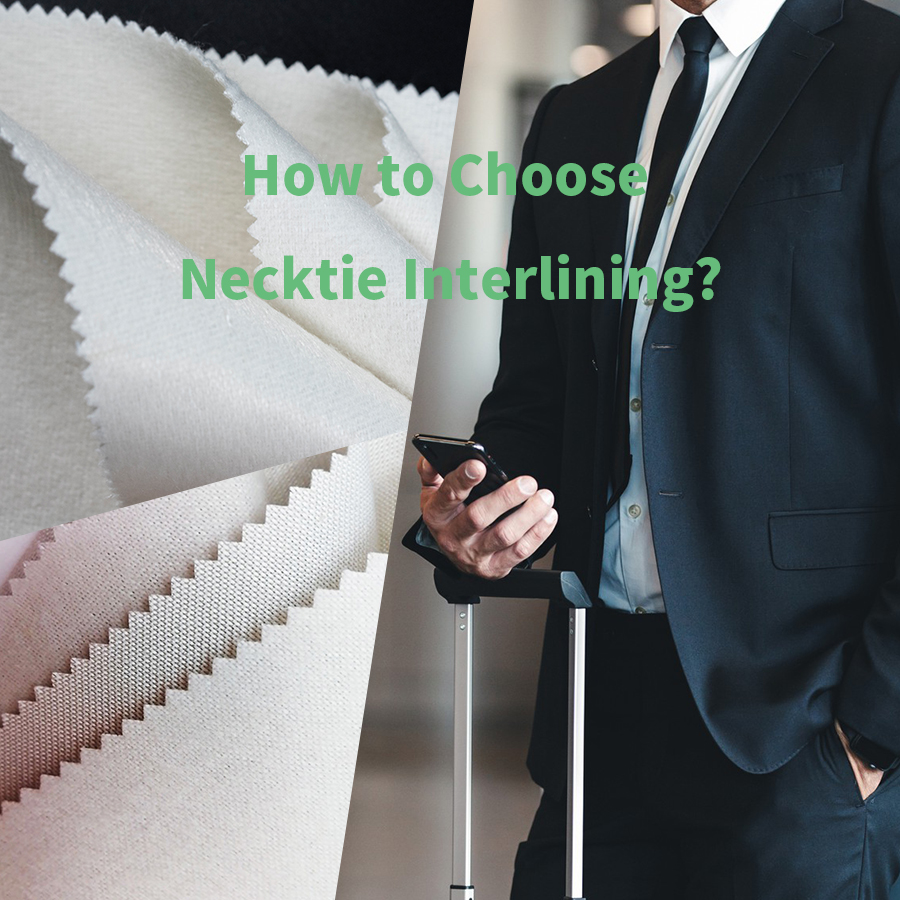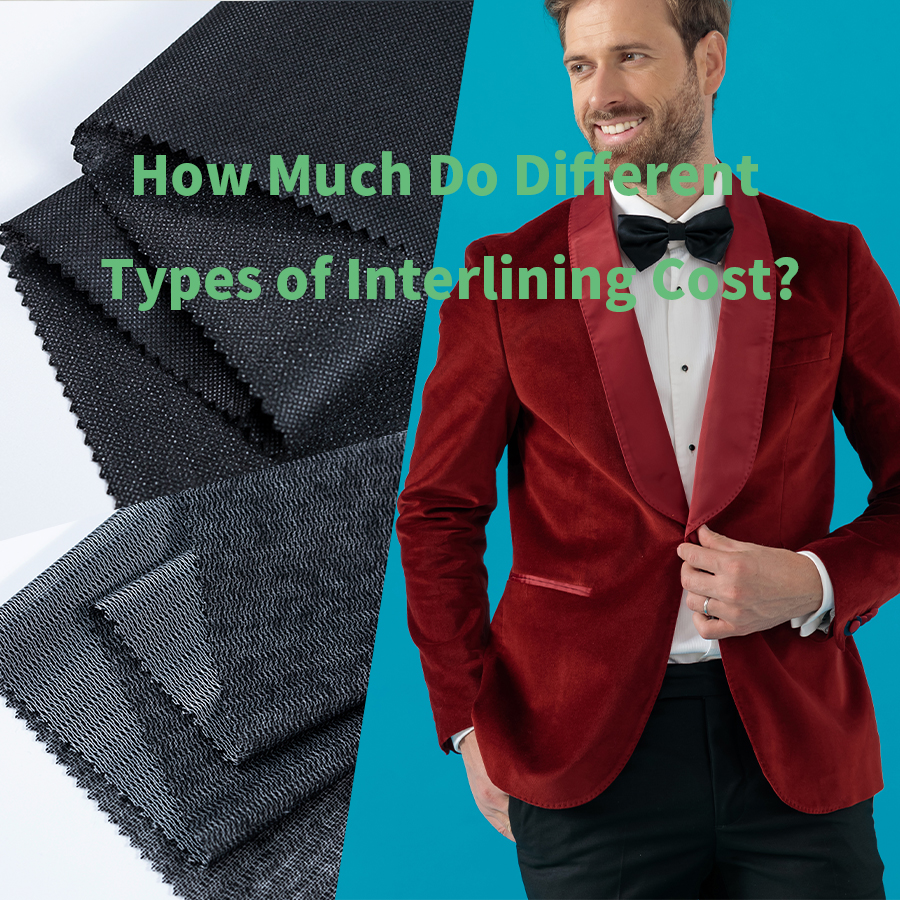Why Interlining Shrinkage is Key to Garment Quality?

Shrinkage Control: Why Interlining Shrinkage is Key to Garment Quality
In the precise world of apparel manufacturing, a garment’s quality is determined by countless unseen details. Interlining shrinkage, a seemingly minor technical indicator, plays a crucial role in a finished product’s final look, feel, and durability. If this step is ignored, it can lead to garment distortion, poor fit, and ultimately result in costly mistakes and damage to a brand’s reputation.
So, what exactly is interlining shrinkage? Why is it so important, and how can it be effectively controlled? This article will delve into this technical core, helping you understand how to control interlining quality from the source and ensure every garment stands the test of time.
What Is Interlining Shrinkage?
Refers to the percentage of size reduction that occurs when the interlining is exposed to heat, moisture, or mechanical action. This shrinkage is an inherent property of the material, but if the interlining and outer fabric’s shrinkage rates don’t match, it can lead to serious consequences after fusing. The main types of shrinkage include:
- Thermal Shrinkage: Shrinkage that occurs during high-temperature ironing or fusing.
- Moisture Shrinkage: Shrinkage that occurs after washing, laundering, or exposure to moisture.
- Mechanical Shrinkage: Shrinkage that occurs during production due to tension or external forces.
What Happens If Interlining Shrinkage Is Ignored?
When the shrinkage rates of the interlining and outer fabric are inconsistent, even with perfect cutting and sewing, a series of problems can arise:
- Garment Distortion: If the interlining shrinks but the outer fabric does not, it can cause bubbling, puckering, or uneven surfaces on the garment.
- Poor Fit and Silhouette: Interlining shrinkage can alter the dimensions of key components like collars, cuffs, and plackets, destroying the garment’s original design.
- Poor Customer Experience: A distorted garment not only looks bad but also feels uncomfortable to wear, leading to customer dissatisfaction.
- Increased Costs: Problems caused by poor interlining can result in costly rework and returns, damaging the brand’s image and profitability.
How Can Interlining Shrinkage Be Controlled or Minimized?
Managing interlining shrinkage is an essential part of garment manufacturing. Here are a few key steps:
- Pre-Shrinking: During interlining production, the material can be pre-treated with steam or high heat to stabilize its dimensions and reduce shrinkage during subsequent processing.
- Choose the Right Interlining: The interlining’s shrinkage rate should be as close as possible to the outer fabric’s. For natural fibers like cotton, linen, and silk, you must choose a pre-shrunk interlining.
- Control Fusing Conditions: In the fusing process, strict control over temperature, pressure, and time is necessary to prevent the interlining from over-shrinking due to improper operation.
- Sample Testing: Before bulk production, it is crucial to conduct small-scale tests of the interlining and outer fabric, simulating actual washing and ironing conditions to check for shrinkage mismatch issues.
Professional Testing Methods for Interlining Shrinkage
To ensure meets standards, professional suppliers conduct several rigorous tests:
- Dimensional Change Test: Following international standards like ISO 6330 or AATCC 135, the interlining sample is washed or dry-cleaned under specific conditions, and the percentage of dimensional change is measured.
- Bonded Fabric Test: The interlining is fused to the customer’s fabric, then tested for washing, ironing, and dry-cleaning durability, observing for any bubbling, wrinkling, or dimensional differences.
- Steam Shrinkage Test: The interlining is exposed to saturated steam, simulating the ironing environment, to assess its dimensional stability under hot and humid conditions.
New Trends in Interlining Technology
As the industry’s demand for garment quality continues to rise, interlining technology is also evolving. The market now offers several solutions to address shrinkage issues:
- Low-Shrinkage Materials: Special processes are used to produce interlining with strictly controlled thermal and moisture shrinkage, suitable for high-demand fabrics.
- Stretch Interlining: Designed for stretch fabrics, this interlining has excellent stretch and recovery properties, allowing it to move with the outer fabric and prevent distortion.
- Eco-Friendly Pre-Shrinking: More sustainable and energy-efficient pre-shrinking processes are being used to ensure product performance while reducing environmental impact.
In summary, managing interlining shrinkage is critical for ensuring garment quality, reducing production risks, and enhancing brand value. Only by deeply understanding and strictly controlling this technical indicator can you produce truly high-quality, long-lasting garments.
Frequently Asked Questions (FAQ)
Q1: If my fabric is not pre-shrunk, does the interlining need to be? A: Yes, the shrinkage of the interlining and fabric must match. If your fabric is not pre-shrunk, you should choose an interlining with a similar original shrinkage rate. The safest method is to conduct pre-shrinking tests on both before production.
Q2: Why does some interlining wrinkle when ironed? A: This is usually due to a high thermal shrinkage rate. When exposed to high heat, the interlining shrinks rapidly, and the fabric cannot keep up, causing the surface to wrinkle.
Q3: Is moisture shrinkage or thermal shrinkage more important? A: This depends on the garment’s final care instructions. If the garment will be washed, moisture shrinkage is crucial. If it will be dry-cleaned or shaped with an iron, thermal shrinkage is more important. A high-quality interlining should have excellent control over both.
Q4: How can I confirm if an interlining’s shrinkage is up to standard? A: The most direct method is to request a detailed technical data report from the supplier and then conduct your own small-scale tests. By simulating the actual production and care environment, you can visually confirm the interlining and fabric’s compatibility.
continue reading
Related Posts
This article explains what necktie interlining is, common materials and weights, construction options, color characteristics, and practical tips for choosing the right interlining for different tie styles.
This article provides an overview of the typical price ranges of different types of interlining, including woven, nonwoven, fusible, elastic, shirt, and hair interlining.
This article compares hair interlining and horse hair interlining in terms of material composition, structure, performance, and garment applications, helping manufacturers and tailors choose the right interlining for different types of tailored garments.






.png)